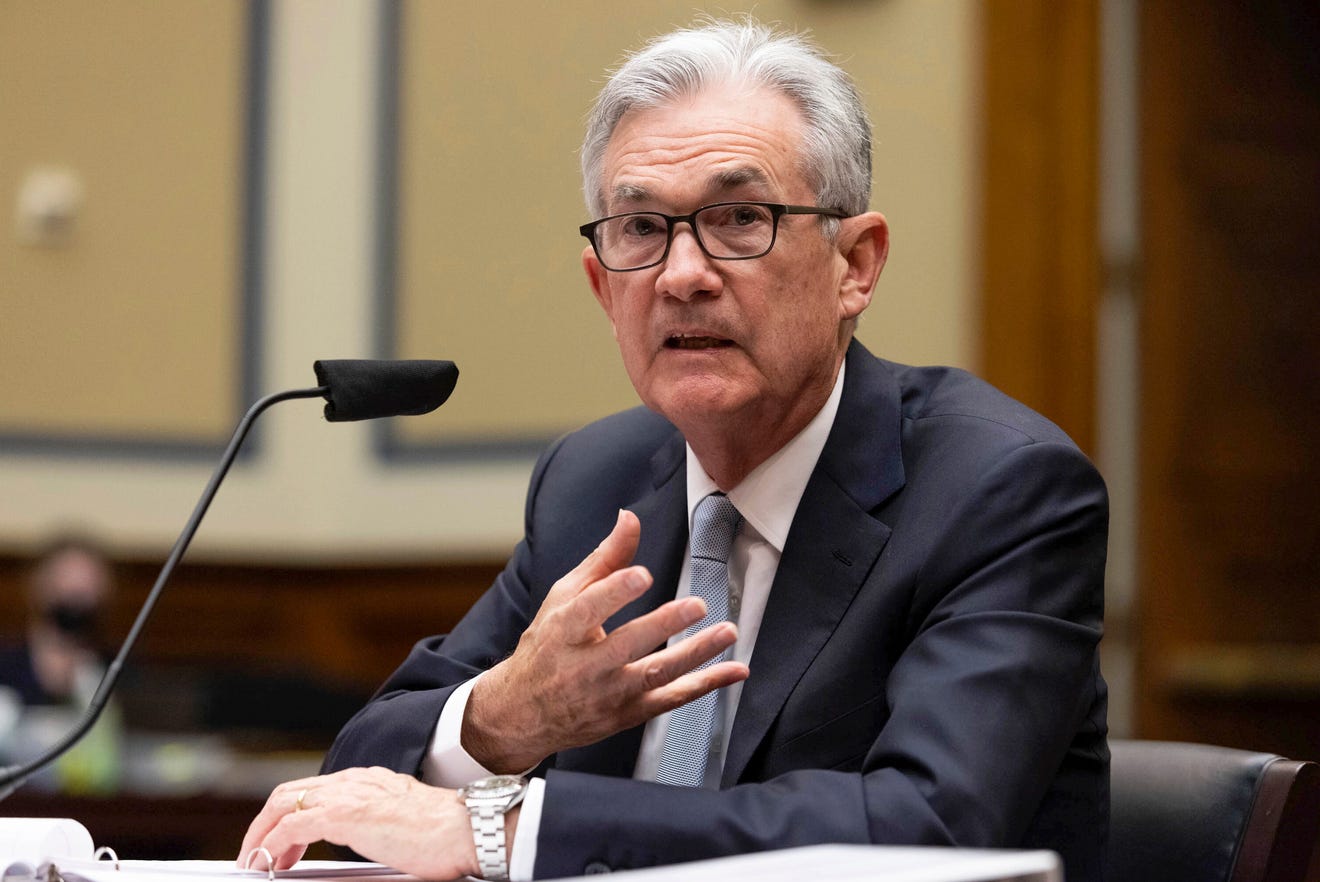In response to U.S. consumer prices (CPI) increasing the most in 13 years (4.5% year-on year), far beyond the Fed’s 2% guideline, Federal Reserve Chairman Jerome Powell told lawmakers that he has concerns about inflation. As a consequence, he is prepared to take appropriate steps to reign in prices. Powell said, “officials think about the higher inflation and how they interpret it, night and day.”
Powell said, “We are experiencing a big uptick in inflation, bigger than many expected, bigger certainly than I expected, and we are trying to understand whether it is something that will pass through fairly quickly or whether, in fact, we need to act.”
To date, most economists have agreed with Powell that our high level of inflation has been transitory. Robert Frick, corporate economist with Navy Federal Credit Union said, “June CPI numbers look scary. We see that it was mainly temporary price increases that pumped up the figures. Overall, this report is consistent with inflation cooling off later this year.”
In 2020, the Fed reduced overnight interest rates to near zero and pumped money into the economy through monthly bond purchases to counter the negative impact of Covid-19. The Federal Government has provided $ trillions of stimulus payments to boost consumer spending power and spur economic activity.
The United States 10-year Treasury Rate has settled around 1.29%. This low-rate underscores investors’ concern about our economic recovery and belief that we will contain inflation.
Powell tried to quell Senators’ anxieties about inflation. He said, “One way or another, we are not going into a period of high inflation for a long period of time, because of course we have tools to address that.” Most of the criticism of Powell comes from Republicans who question the Fed’s super-supportive monetary policies.
What is the fly in the ointment? Although Powell admits that inflation has risen to uncomfortable levels, he does not want to take premature steps to cut off the recovery while millions of people still remain out of work.
The Labor Department reported that used cars and trucks represent more than one-third of the surge in prices. The 10.5% increase in secondhand cars and trucks was the biggest since January 1953 when the government began tracking this series. Supply constraints and an upsurge in travel-related services have led to price increases.
Unfortunately, the pandemic has created problems that will last for years. Although millions of Americans are unemployed, worker shortages are pushing up wages which are leading to higher prices. As childcare is so expensive, many mothers of young children have remained at home. At the other end of the age spectrum, the pandemic has forced early retirements. The pandemic encouraged industries from hotels to aerospace to invest in automation and implement other changes to save on labor costs.
Barron’s reported that companies cannot immediately pass on cost increases to their customers. The producer-price index, a measure of wholesale inflation, rose seven percent over the past year. Companies such as Conagra Brands, General Mills, and McCormick have lowered their earnings estimates because they cannot raise prices enough to offset the increased commodity costs.
There is an idiom, “Before you judge a man, walk a mile in his shoes.” My principal concern is inflation like many of my fellow senior citizens who live on a fixed income. By contrast, families who have lost their primary source of income are concerned about affording food and having a roof over their heads. The Fed needs to use policies that mollify everyone’s challenges. We need to keep the economy humming without stoking inflation.
Chairman Powell is ‘our man in Havana’ throwing dice on our behalf. Hopefully, he rolls a seven or eleven.
Originally published in the Sarasota Herald-Tribune




